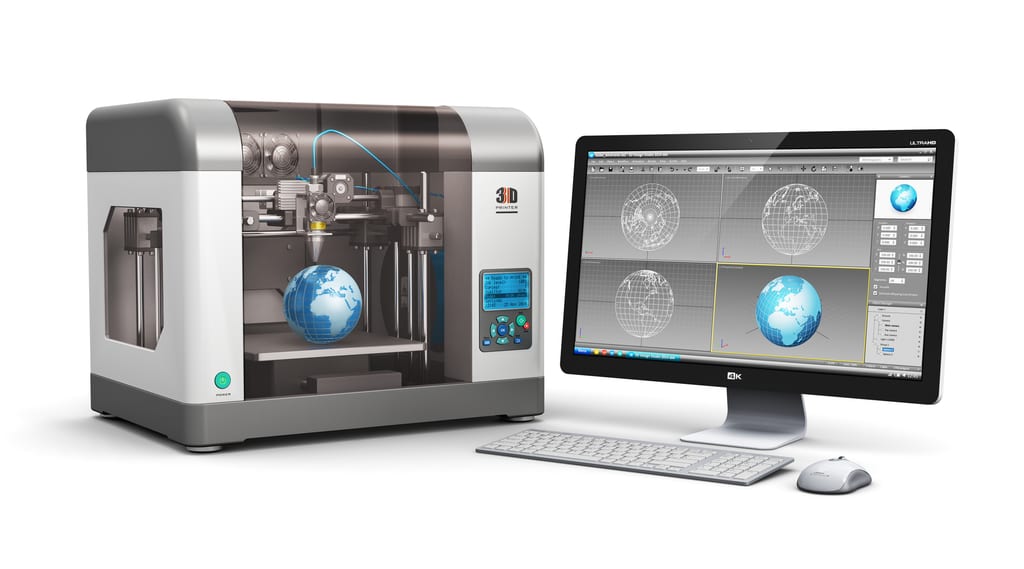The high‐speed development of additive manufacturing (AM), or 3D printing, today is creating a completely new path in the fabrication of components.
Polyoxymethylene (POM) is considered to be an engineering material that is competitive with a number of plastics (such as nylon) and metals, because of its light weight and wide end‐use temperature range, amongst other properties.
Sequence of the complete process: (a) PC sheet assembling, (b) plasma treatment, (c) DIMAFIX application, (d) PC sheet assembling on printer base, (e) Dollies printing (two for each sheet), (f) Dollies printed, (g) Pull‐off test, and (h) Dolly tested. PC: polycarbonate Among the AM processes, fused deposition modeling (FDM) offers an appropriate technology for the manufacture of POM parts. In addition, FDM is a clean and easy‐to‐use technology. Nonetheless, despite the aforementioned advantages, world‐renowned 3D printing companies and suppliers do not use or offer POM as a printing material.
Two main issues […]
Click here to view original web page at www.advancedsciencenews.com





0 Comments